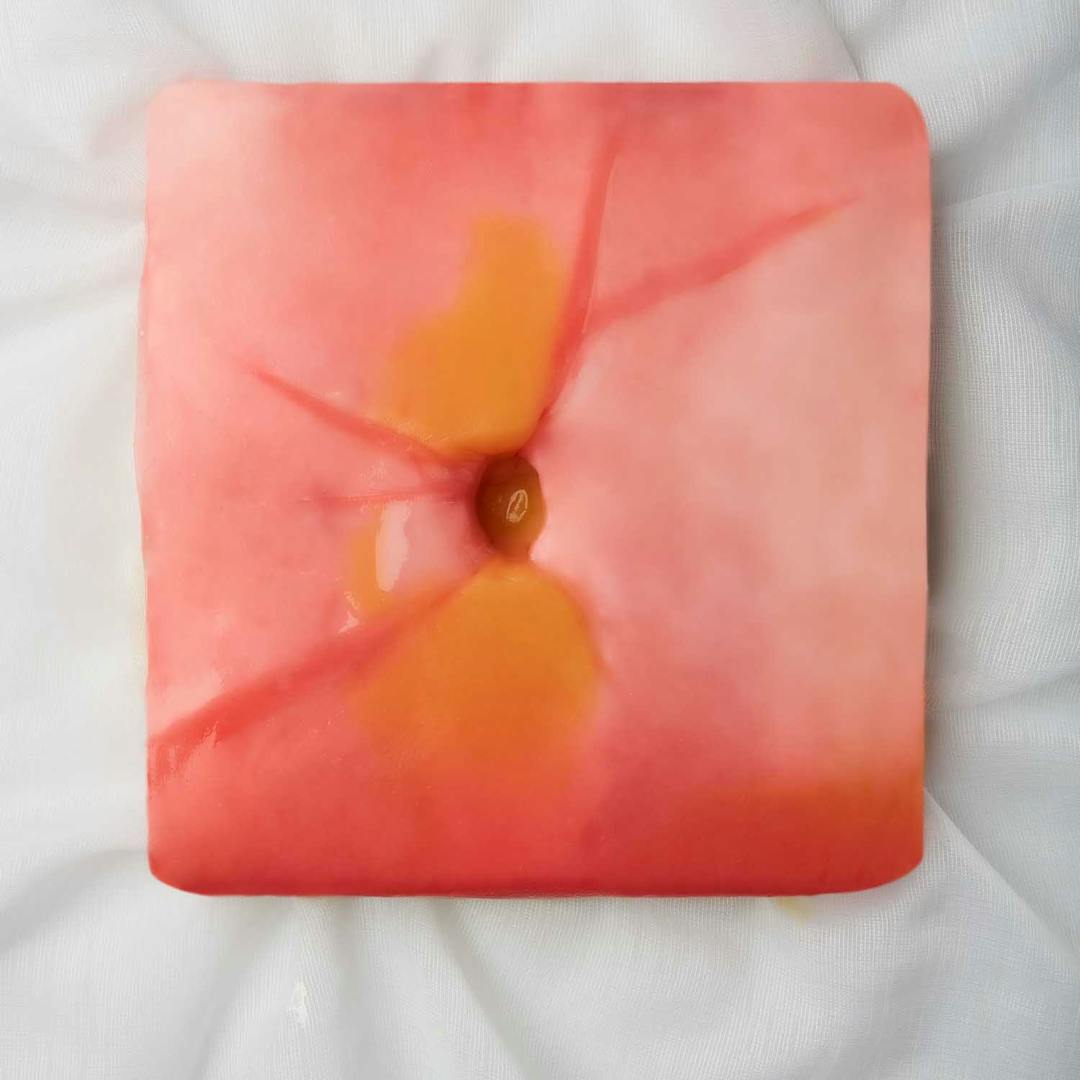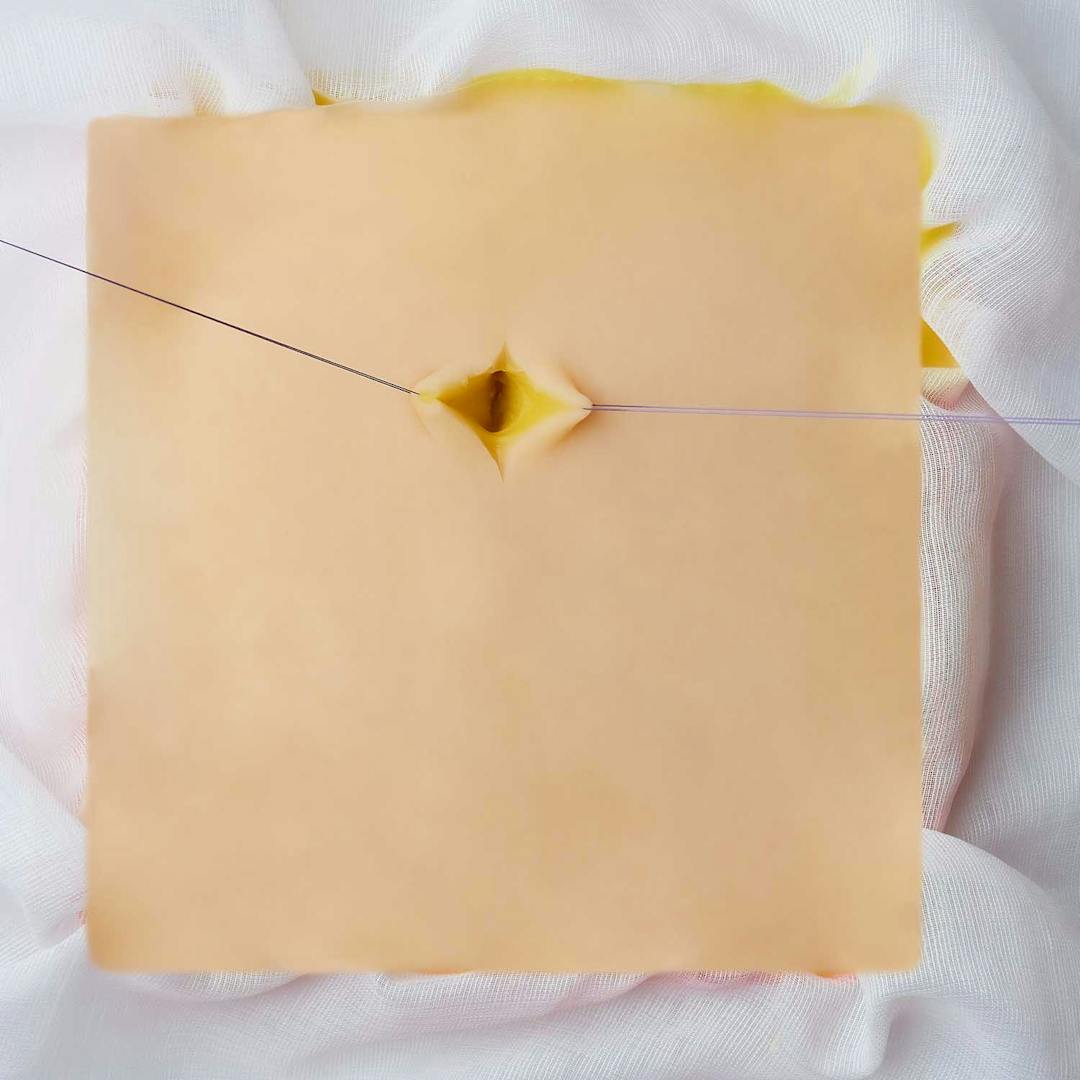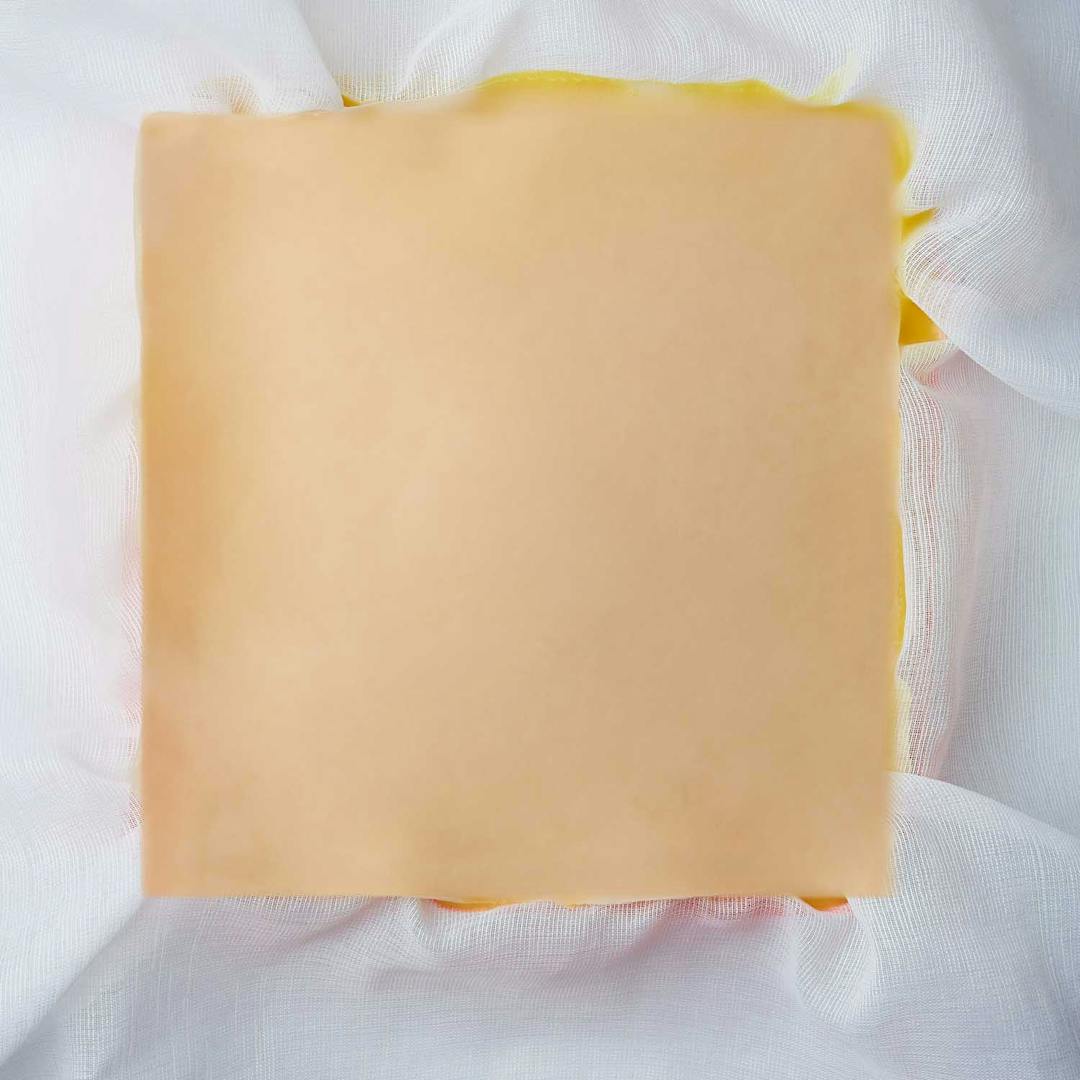Ventral Hernia Class II
Ventral Hernia Repair
The Ventral Hernia hydrogel model provides the essential procedural steps of ventral hernia repair. The model replicates a paraumbilical hernial defect, with a hole in the peritoneum and Linea Alba abdominal layers. The model also reproduces the rectus muscles, anterior and posterior rectus sheath, subcutaneous fat and skin layers. Accordingly, the model facilitates training of Peritoneal Incision and development of Peritoneal Flap, Hernia Reduction, Mesh Fixation, and Peritoneum Closure. The ventral hernia model is designed for use in the Abdome trainer.
Specifications
Procedure
Ventral Hernia Repair
Category
General
Procedural Steps / Skills
Electro-surgery, Dissection of tissue planes, Mesh adhesion (during fixation), Suturing
Features
Organs / Components
Class
Class IIRelated Products

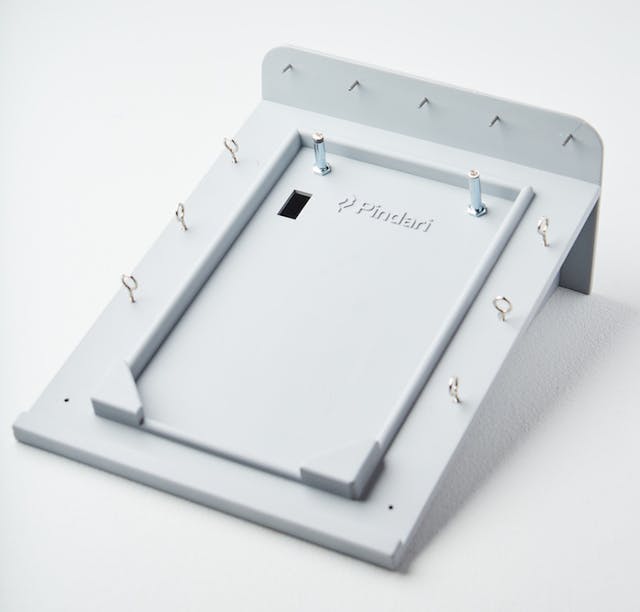
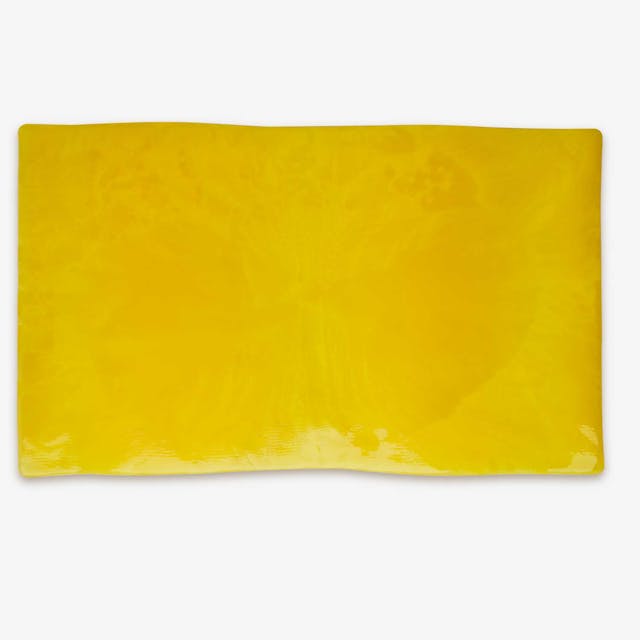
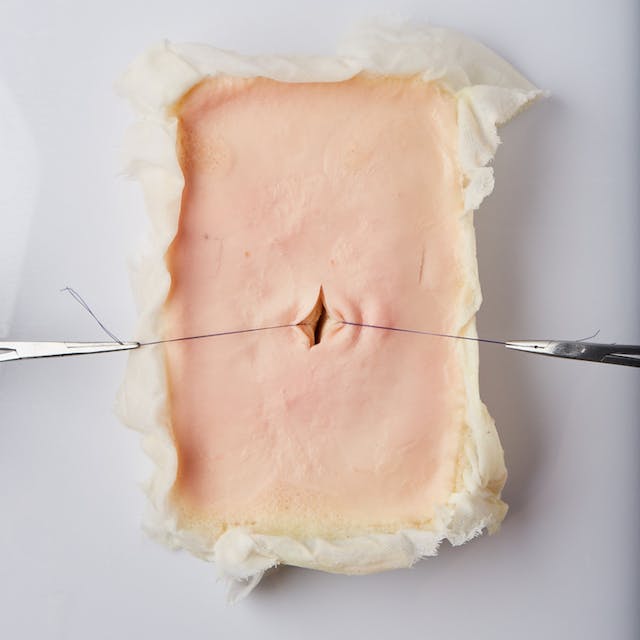


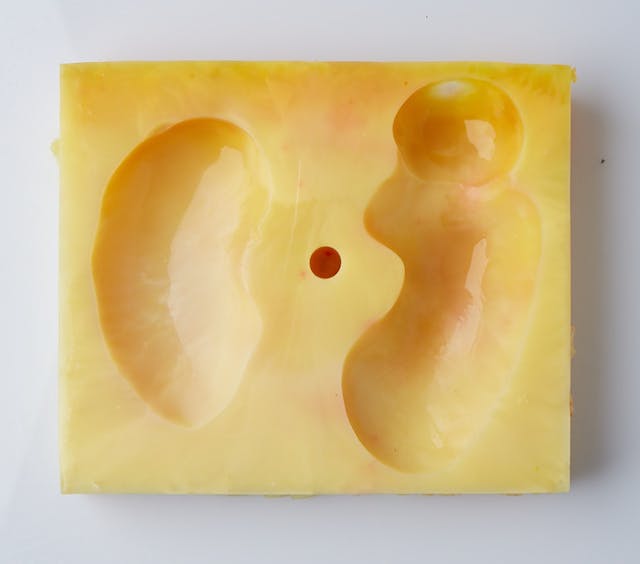

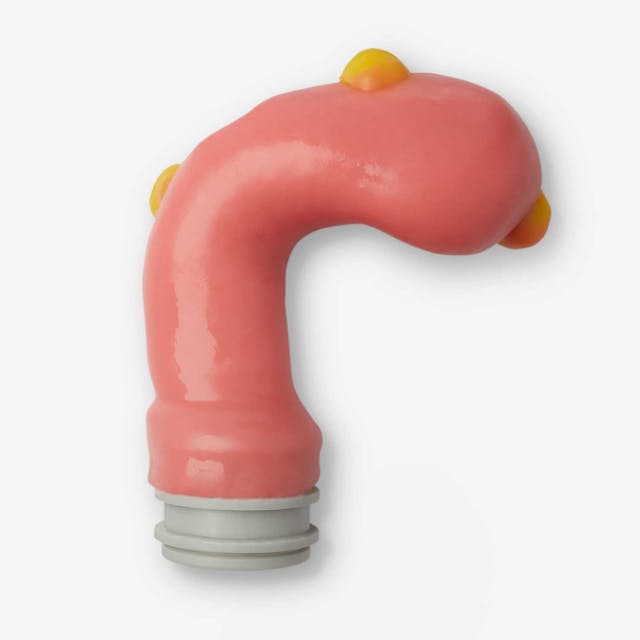

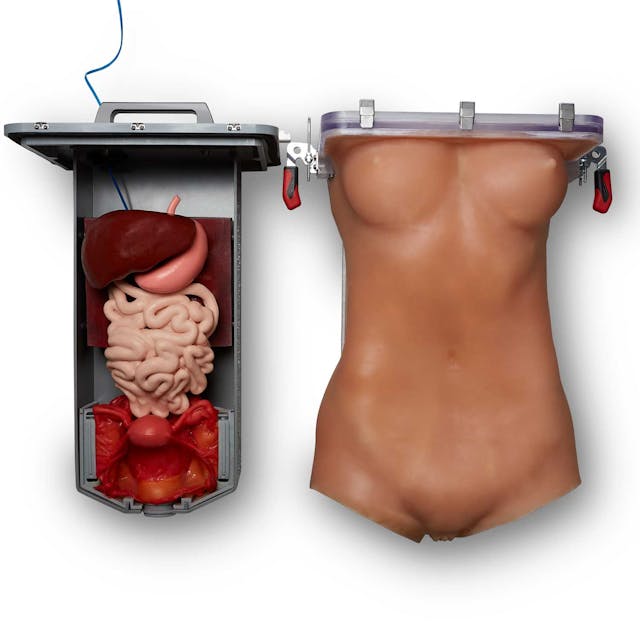
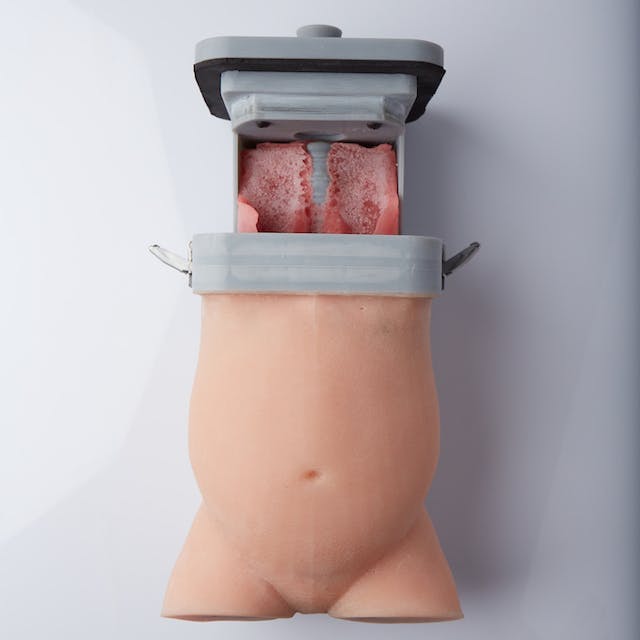
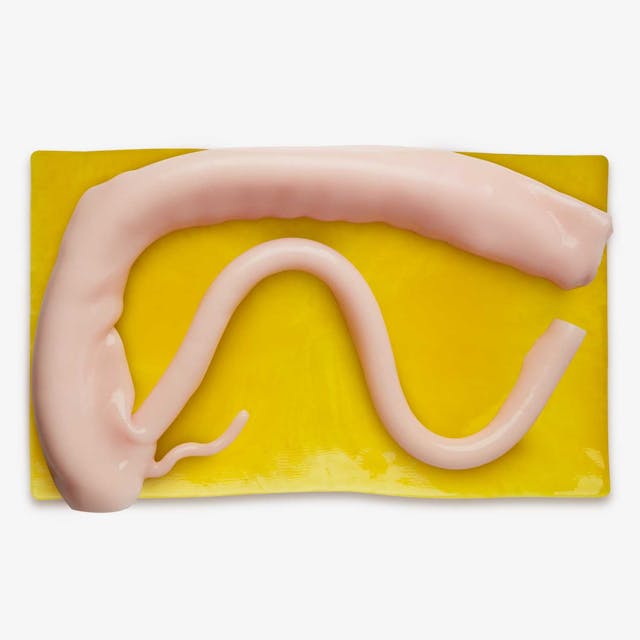
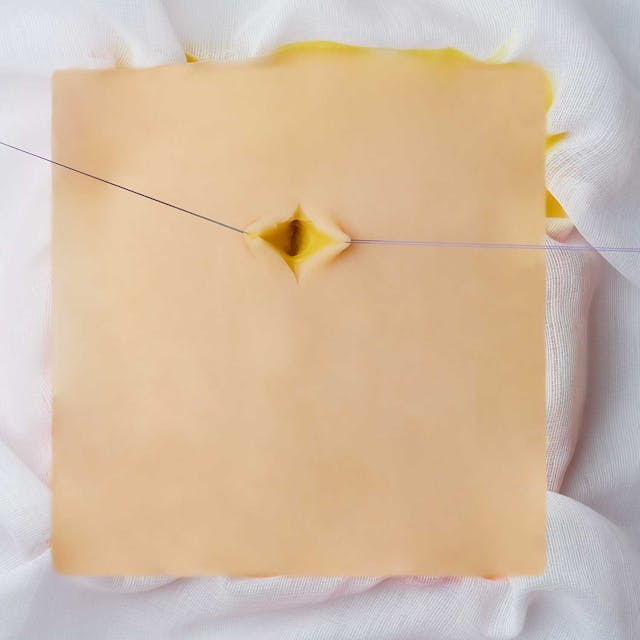
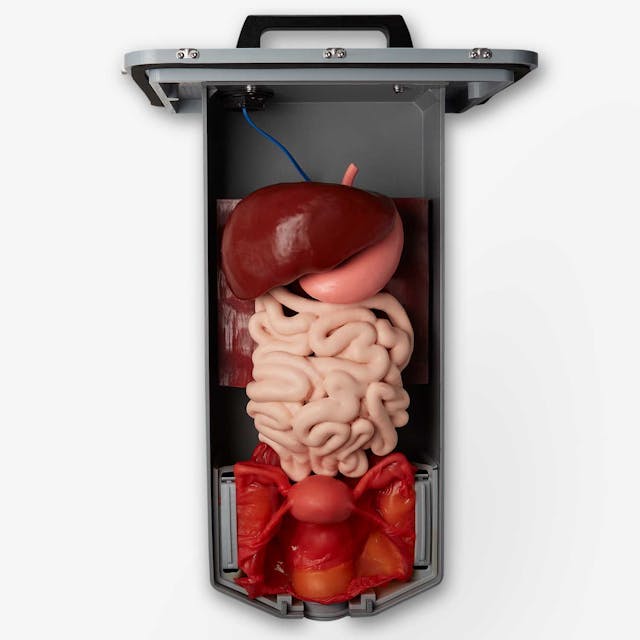

Why Pindari
Cutting edge robotic technology is continually unlocking new approaches to advance surgery. In parallel, the training methods are also undergoing similarly significant advances. Utilising a suite of advanced simulation devices and anatomically correct synthetic organs, trainees can now develop high skill levels and train for a wide range of routine and demanding emergency situations all prior to commencing live surgery. This approach maximises patient safety, and ensures that surgeons receive the advanced training necessary to extract the very best outcomes from the latest robotic devices.
©IMRA 2024
Privacy Policy